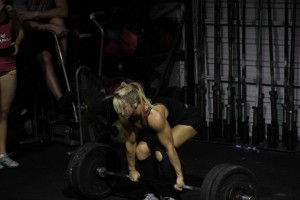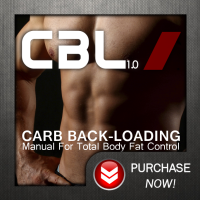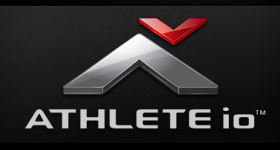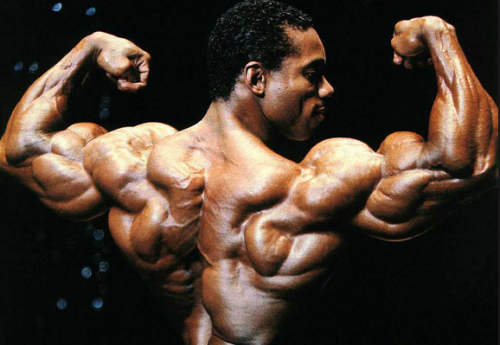By Jessica Fitzgibbons
Have you ever been insecure? I have. I’ve been really insecure.
I have two children. A week before my daughter was born, I weighed 198 pounds. I’m only 5’2”, so I know exactly what some of the women I work with feel like. In fact, my journey’s been longer than many of theirs.
It’s been a rewarding journey, though. A secure one. What I’ve learned along the way has been the importance of distracting myself from looking at the mirror by being active and focusing on achieving goals and learning skills, instead of constantly obsessing over what the scale says. You don’t need a scale or a mirror to tell you how you feel.
The Long Road Back
When I weighed close to 200 pounds, I knew I had to do something to shock my body. When you train a certain way—or you’re in a period where you’re not training at all—your body tends to get used to what it’s doing. That’s one of the reasons I love CrossFit and being a CrossFit competitor, because the things you’re working on will constantly vary. Add a little muscle to that variation, and things start to happen. I’ll explain this later on.
After giving birth to my daughter, my weight continued to hover around 170 pounds. For the past seventeen years, my primary sport has been hockey, so I decided to try Muay Thai boxing as a form of off-ice training. I loved it, and a year later, I took my first fight. It was during my training for that fight that I first tried CrossFit, thinking it was something that could help me.
My trainers told me my priorities were backward because I liked my workouts better than I liked fighting. I mean, fighters like to fight, right? Our training group consisted of me and five guys, so I was always working against them, being pushed harder and harder. If the guys ran a six-minute mile, that would be my goal. Whatever they did, I wanted to beat it—or at least match it.
After my first year of Muay Thai, my weight had dropped to 150 pounds. Once I agreed to take a fight, I had eight weeks to get to 130—a twenty pound drop. I managed this through a combination of CrossFit, lifting, and fight training. I didn’t even have to consciously cut weight, and I rarely looked at a scale. Within a year, I’d lost the weight I’d put on, and I’d developed a new philosophy I wanted to share with everyone.
What We’re Not Doing
 I’m living proof of everything that’s been written about on this site with regard to how women should be training—and what they’re not doing in the gym. If you want the best possible results from your exercise program, you have to lift heavy weights. If the dumbbells you’re using weigh less than the toddler you’re picking up and carrying around all day, something’s wrong, and you need to fix it immediately.
I’m living proof of everything that’s been written about on this site with regard to how women should be training—and what they’re not doing in the gym. If you want the best possible results from your exercise program, you have to lift heavy weights. If the dumbbells you’re using weigh less than the toddler you’re picking up and carrying around all day, something’s wrong, and you need to fix it immediately.
If you’ve developed the wrong idea about lifting weights, it’s time to change your mindset. Getting under heavy weights will change everything in your life, both physically and psychologically. Your body reacts quickly to it, it’s the fastest way to change your body composition—and, therefore, how you look—and you can’t get “toned” without having any muscle underneath. You can’t tone what’s not there.
The Right Goals For Women
The best way to get started is to forget about the scale and find a goal you want to attain. I never ask any of my clients to tell me how much they want to weigh. That’s not the point of all of this. Once we’ve learned the fundamental movements we’ll be doing regularly, I tell them to give me a goal they think would be reachable within a few months, followed by a long-term goal that’s totally skill-oriented.
What I mean by “skill-oriented” is developing the ability to do something you’ve never done before. If you can’t do a pull-up, or you’ve never climbed a rope, I want you to learn how to do those things. Your goal can even be something very basic, like a simple push-up. If you’ve never been able to do a fundamentally correct push-up in your life, the idea here is to spend the next few months developing the ability to do that—without looking at the scale. The weight—and fat—will come off by itself as a byproduct of everything else you’re doing.
Why is This Important?
I train my female clients this way because as women, we already have issues with our bodies. We’re insecure. When your goal changes from hitting a number on a scale to building a skill you’ve never had, you feel strong, powerful, and confident, because you’re learning something new that’s going to keep you interested. You won’t get discouraged by the scale. Instead, you’ll experience the excitement of doing something with your body that you’ve never been able to do before.
 This is your ultimate solution to all those “hamster wheel” marathons you’ve been putting in on all the cardio machines in your gym. If you’ve never done a pull-up before, the idea is to learn where your weaknesses are and address them so you can do pull-ups. We accomplish this by breaking down your skill goal and figuring out where you need work—your weak points. From there, we design workouts that build those weaknesses up to the point where they’re strengths.
This is your ultimate solution to all those “hamster wheel” marathons you’ve been putting in on all the cardio machines in your gym. If you’ve never done a pull-up before, the idea is to learn where your weaknesses are and address them so you can do pull-ups. We accomplish this by breaking down your skill goal and figuring out where you need work—your weak points. From there, we design workouts that build those weaknesses up to the point where they’re strengths.
In the coming weeks and months, especially once this site is relaunched, my plan is to give you skills to work on, and goals to set. I’ll start you off with an end result, like doing a real pull-up or a real push-up, and I’ll show you how to deconstruct things in order to find out where you need work. From there, I’ll show you how to custom design your workouts based on where you need the most help.
Your results? They’ll absolutely astonish you. Take a few months to learn a new skill, use The Carb Nite Solution and Carb Back-Loading, then step on the scale and look at your before/after photos once you’ve hit your goal. I guarantee you’ll be pleased.








Recent Comments